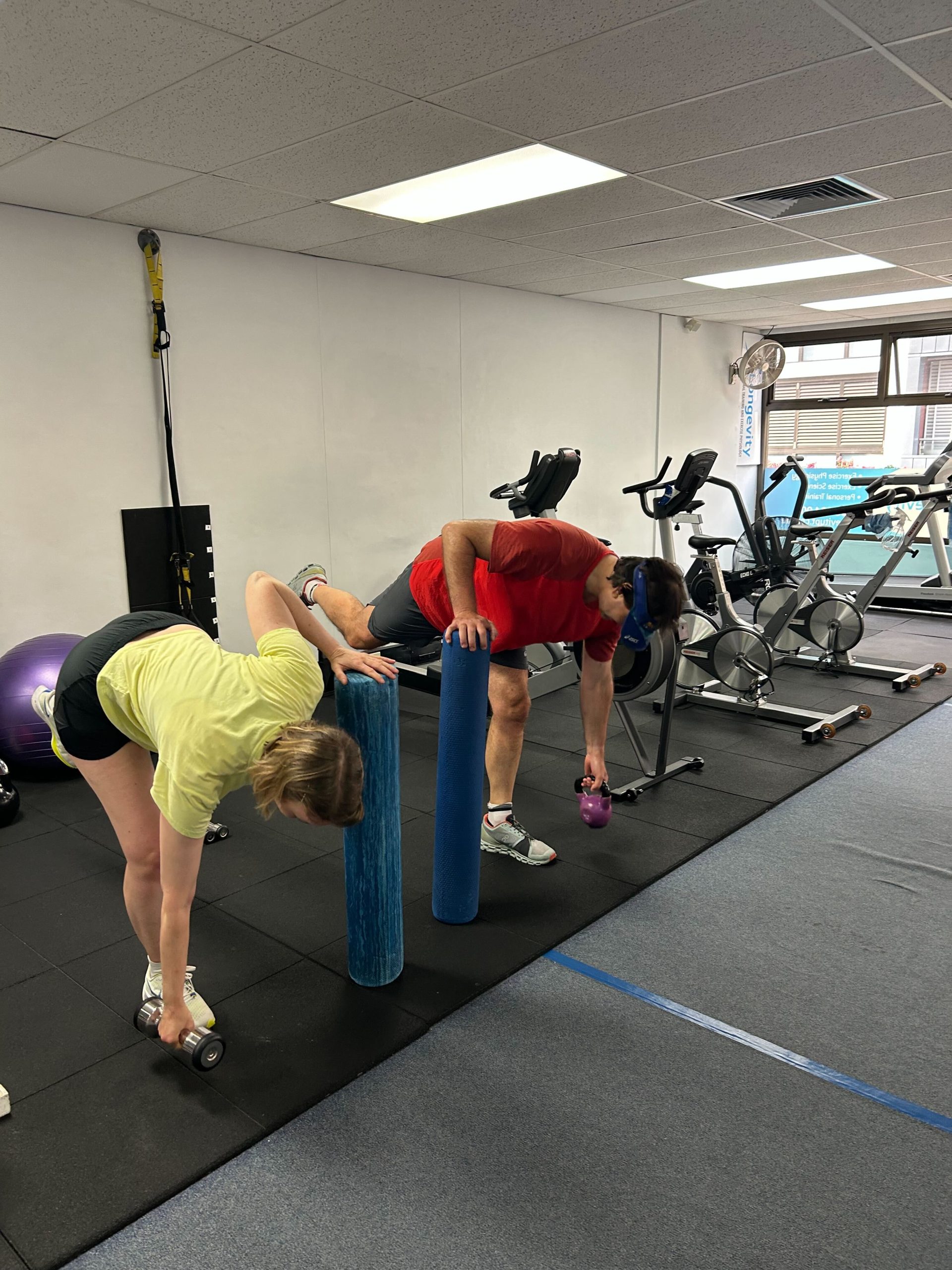How to Minimise Your Risk of Falls
Longevity Exercise Physiology and Personal Training Drummoyne, Edgecliff, Marrickville, Castle Hill, Randwick, Pymble, Balmain, Kingsgrove, Neutral Bay, Coburg – Melbourne, and Barrie, Ontario – Canada would today like to discuss what you can do to minimise your risk of falls.
What contributes a fall?
A fall is defined as an event where a person comes to rest inadvertently on the floor. A fall can vary in severity, including no injury at all, minor bruising, fractures, lacerations, internal bruising, etc.
According to the Australian Institute of Health and Welfare, falls are the number one cause of injury hospitalisation and death, representing 42% of injury hospitalisations and 40% of injury deaths.
Falls requiring hospitalisation are more common in older people, over the age of 65 years, and are most likely to occur in the home.

What are the risk factors for a fall?
Risk factors of a fall include shuffling gait, slow walking cadence, slow turning speed and increased effort to sit and stand up, to name a few. Although some falls can be a result of misplacing your foot, a lot of the time, the cause is from losing balance on stairs, tripping over furniture, looking in another direction upon movement, etc. This is why balance training is not only important, but overall strength and reaction time is just as important.
“… Exercise Physiologists are the most qualified professionals to prescribe exercise and therefore understand the physiology and requirements needed to decrease the risk of falls.”
Preventing falls
If you google ‘How can I prevent a fall?’ the common theme that arises is ‘keep moving’. In general, this is a good recommendation, however what does this really mean? A common misconception is that people often think in order to prevent a fall, we need to do more balance training. Whilst somewhat true, there are many other aspects to consider. Exercise Physiologists are the most qualified professionals to prescribe exercise and therefore understand the physiology and requirements needed to decrease the risk of falls. Your Exercise Physiologist will assess your strength, function, balance, biomechanics, gait, etc and look up and down the chain when performing a visual screening. These assessments can identify knee, hip or core weakness, for example, and they will ensure to incorporate exercises improving these weaknesses or findings.
“… Exercise Physiologists are the most qualified professionals to prescribe exercise and therefore understand the physiology and requirements needed to decrease the risk of falls.”
The range of modalities your Exercise Physiologist will include into your exercise programming are:
– Static and Dynamic Balance Training
– Progressive Resistance Training
– Muscular Strength, Power and Endurance Training
– Reaction Time Training
– Restore confidence in movement and performing activities of daily living
– Plan your week of physical activity to ensure you have a well thought-out program
– Constant education surrounding exercise and lifestyle choices
– Collaboration and communication with other treating practitioners, i.e is your hearing and/or eyesight going to impact your risk of a fall? We will collaborate with your other practitioners to ensure you achieve the best possible outcomes.

Some specific exercises that you can do*:
– Tandem stance
– Tandem walk
– Squats
– Crab walks
– Leg press
– Deadlifts
– Seated leg extensions
– Single leg balance
– Tandem stance with ball throws
*It is highly recommended to complete these exercises under supervision to decrease your risk of falls and/or injury.
For any questions, queries, or to enquire about how we can help you, call Longevity Exercise Physiology and Personal Training Drummoyne, Edgecliff, Marrickville, Castle Hill, Randwick, Pymble, Balmain, Kingsgrove, Neutral Bay, Coburg – Melbourne, and Barrie, Ontario – Canada on 1300 964 002!
